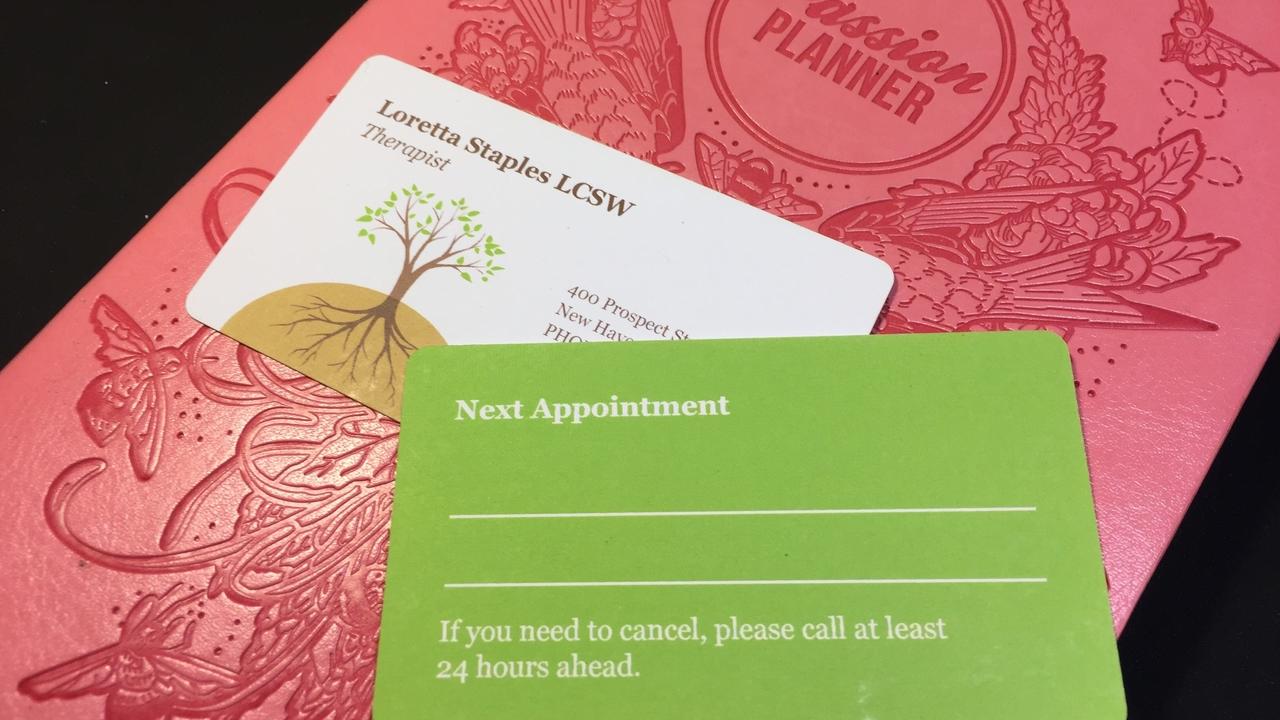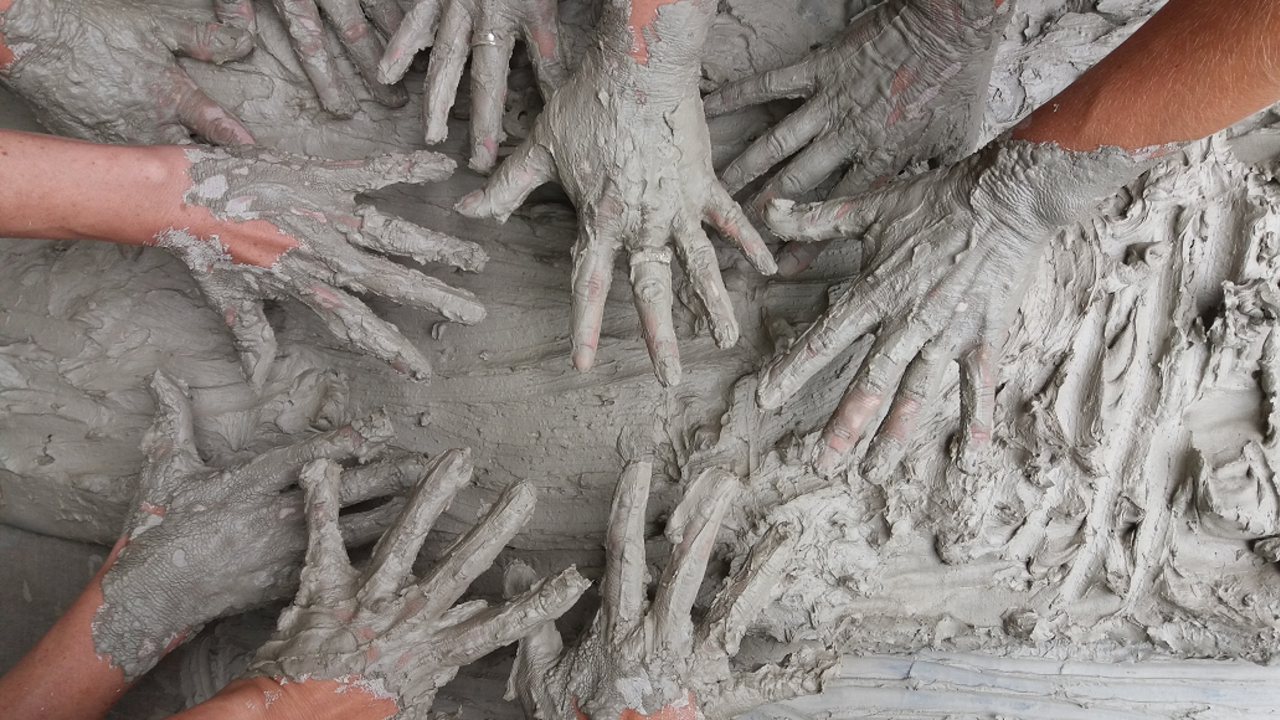Artificial Urgency

Sometimes I feel overwhelmed. My task list is full, there aren’t enough hours in the day, and my responsibilities loom large. It leads predictably to stress and exhaustion. Given the work we do, it’s no surprise that burnout and self-care are mainstays in discussions (online and off-) about the work of helping professionals.
At times it feels insurmountable.
But at other times, if I allow myself, I can see my contribution to the wear and tear. I contribute by insisting on an urgency that really isn’t there. Not really. I’ve just convinced myself that it’s so. I think we often do, out of habit, out of self-importance, out of a sense of crisis that just might be more in our heads than anything.
I recently posted this in an online discussion group: Sometimes I need to remind myself that I don't really HAVE TO do anything. That's self-care too. I was surprised by how many “likes” the post generated. I was glad the message resonated.
It’s true. More often than we care to admit, we don’t...
Solution Focused

I was a designer before I became a psychotherapist, fields that are very different in some ways, similar in others. Design is all about solutions, and so is therapy. Both begin by identifying a problem that needs to be solved. And that’s where the challenges and opportunities begin.
Therapy uses diagnostic tools (symptom identification and classification) to define a client’s concerns according to a system, the DSM-5, published by the American Psychiatric Association. Whatever the DSM-5 defines is the problem: depression, anxiety, psychosis. The therapist works collaboratively with the client to explore underlying causes, monitor symptoms, and work toward decreased distress.
Design explores problems too, but in a more open-ended way. In the absence of a single, encyclopedic classification system, designers are free to consider problems creatively. The designer works with the client to explore the identification of the problem as a problem in the first place, to propose a variety of p...
Envisioning Your Private Practice

Going into private practice is a dream for many helping professionals, even while in graduate school. It certainly was for me. So even as I accrued my requirements for licensure, even as I studied for my credentialing exam, I dreamed of private practice. It was a dream I actively nurtured by “starting” the practice well before it became a reality.
How did I start? By looking at available office spaces online and by envisioning myself in those spaces. By preparing my intake paperwork packet. By designing my business card and website, going through many, many versions until things felt just right. By thinking of who I wanted to serve and how. By drafting my Psychology Today listing.
In short: I started by using my imagination.
I took the initiative to actively visualize the look and feel of my practice, my clients, and the kind of day I wanted to experience. I imagined what my office would look like, where it would be located, and the tone it would convey. I worked with writing and s...
To Do or Not To Do

I woke up yesterday with a head full of to-do’s, feeling the pressure to get out of bed and get started right away. All this, on a Saturday no less. I felt the tug, but instead of succumbing, I recognized the underlying truth: that I didn’t really have to do anything. The choice was mine. And when I looked closer, nothing on my list was truly urgent. It just felt that way. Momentarily.
I think we often convince ourselves of an urgency that isn’t real. Often it’s just a habit, a knee-jerk response to anxiety. Sometimes it’s an indulgence - a way of magnifying our sense of importance. And at other times still, I think it’s a cleverly disguised distraction. The busyness distracts us from whatever’s underneath. And the only way to face that is to slow down.
When I do slow down, the resulting ease is a welcome relief. I allow myself to rest there a while. The “while” can be a few minutes, hours, or a day. Yesterday, it was a day.
Sometimes in sessions with our clients, we can feel the pr...
Thingification

I had a few conversations with colleagues this week who (coincidentally) wanted to make a change in their professional practice by doing more work in advocacy and social justice. They clearly felt this was the direction they wanted to pursue, but they weren’t quite sure how to proceed.
This is the way a creative impulse feels. It often begins as a yearning - the feeling of longing coupled with a general sense of direction, but without the clarity.
Yet.
I have a suggestion: gain clarity by taking the ideas that accompany those feelings and “thingify” them. How? Give them form. You can begin with something as simple and straightforward as a list. But I suggest you go a little further and create an array of Post-Its. Or you can go even further (if you’re inclined toward playful risk-taking) and sculpt your ideas free-form with clay to see what comes out the other end.
(I suspect most of you feel comfortable with the first 2 suggestions, but a little queasy about the 3rd. Right?)
Wh...
Putting Yourself Out There

Whenever you create something, you risk the vulnerability of exposure. What will they think? Do I look foolish? Who will they think I am? Who do I think I am? A flurry of self-doubt and anxiety arise with the prospect of sharing your creation.
This can be enough to stop us in our tracks. Better to remain safe than sorry.
I’m feeling this way right now. In building my new online business, The More Creative Therapist, I just created a free online mini-course to share with whoever might be interested. It's called More Creative in 5 Days (how's that for audacious?). I’m announcing sign-ups this week, and you know what? I feel scared! You know all those self-doubt questions I mentioned above? They’re running through my head right now!
Something about self-exposure makes you (among many things) a magnet for the strong feelings of others. We can never fully anticipate what our own creations will bring up. I got some negative feedback a while ago about a free offering on my website (since r...
It's in the Making
For some, imagination remains a mental exercise. Our minds are capable of conjuring vivid sights and sounds that can activate a range of emotions, including excitement and yearning. Remember a moment when you were engrossed in something you imagined? Perhaps you got so carried away in a daydream that only a rude interruption could bring you back to your everyday. That’s the power of imagination.
But as long as what we imagine remains a thought or an idea, it doesn’t really come to life. Creators give form to thoughts and ideas in order to make them real. That takes doing. And the doing usually involves making. That’s where we’re faced with the challenges of form and material. That’s where our commitment to our vision is tested. And that’s where most of the learning happens: finding out what we do and don’t know; the false starts and failures; the new tools, materials, and methods.
Everything comes together in the doing, in taking action.
So if you’re one of those creative types wh...
The Imperfectionist

I used to be a perfectionist, and it was much harder to be creative then. I struggled then as an art student and as a fledgling designer. I lived in a constant state of anxiety and fear, always afraid of being harshly judged by others, while being my own worst critic. I thought if I could out-criticize everyone else, I’d somehow be protected. It just made me uptight, and often my creative impulses got stuck, or worse, frozen. Paralysis was my way out. And while it let me off the hook, it also kept me from finishing what I started. Or even getting started at all.
Has this been true for you?
I think perfectionism gave me a way to justify my sense of failure. By telling myself that my high standards were a testament to excellence and integrity, I was able to moralize my insecurity. It just made me more defensive.
I’m not sure how or when things changed. Gradually I think, but there were some key shifts.
I stopped taking myself so seriously. I took the work seriously, but not the perso...
Creative Problem Solving

Usually we think of problem solving as a mental activity, as figuring things out. And while this can work, it can also lead to rumination and anxiety. As long as we’re in our heads, we run the risk of getting stuck there. The power of imagination can help dislodge us, but when we’re overly “problem-focused,” imagination can scarcely find its way in.
When I worked as a designer, I learned that the antidote to being in my head (as a mental problem solver) was to make something. This could be as simple as a sketch, doodle, or collection of sticky notes, or as complex as a mock-up, model, or prototype. This helped physicalize the problem by externalizing it and making it tangible, no longer just an abstract idea. And as something real in the world, it became something else altogether, available to others for further exploration, feedback, and play.
Now, as I work to develop a new online business including online courses, I’m constantly prototyping my ideas: sketching, tinkering, and bui...
Bring a Creative Self to Your Sessions

A concept I found most compelling while studying for my MSW was “use of self.” The term described the intersection between acquired knowledge and skills on the one hand, and the personal characteristics of the social worker on the other.
Maybe it goes without saying that helping professionals use themselves to do the work, but for me the idea of “use of self” got at something subtle and easily overlooked: that the helper is a kind of instrument or tool with unique qualities. I think it’s more common to think of ourselves as using tools rather than being them. It was eye opening to consider myself a tool - as a self with characteristic features that are instrumental in the client work.
When I tell people of the new business I’m creating to help therapists and other helping professionals be more creative, they usually assume that I’m teaching art therapy techniques - interventions therapists can use in their client sessions. Doing creativity.
But my focus is on being creativity. I’m...
